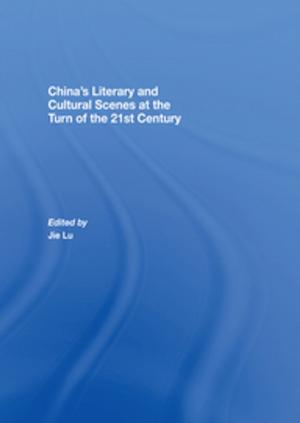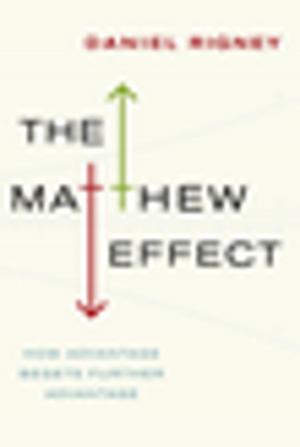Essays on Modern Art: Andy Warhol - Criticisms and Essays on Previously Unseen Art in the Koolhaas Collection
Nonfiction, Art & Architecture, General Art, Criticism, Social & Cultural Studies, Social Science| Author: | Justice Koolhaas | ISBN: | 9781311999528 |
| Publisher: | Justice Koolhaas | Publication: | November 30, 2015 |
| Imprint: | Smashwords Edition | Language: | English |
| Author: | Justice Koolhaas |
| ISBN: | 9781311999528 |
| Publisher: | Justice Koolhaas |
| Publication: | November 30, 2015 |
| Imprint: | Smashwords Edition |
| Language: | English |
Justice Koolhaas’s Essays on Modern Art are reproduced alongside at least one of each artist’s works that she owned. Unusually, these works were discards; even more unusually, she obtained them on condition that each artist signed a statement disowning them as artworks.
Her theory work, a refusenikism written in deliberate opacity, is inspired by her collection of art refuse. She unblinkingly grappled with the socially mediated aspects to art production in a technological world while trying to maintain some kind of contact with the personal and bodily aspects to aesthetics that our symbolic reality potentially disavows.
Straddling Lacan, Saussure and Levi-Strauss, her essay, ‘Warhol’s Difference Engine’, is a full-on verbal rodeo that literally and metaphorically rides roughshod and bareback on the male cult of the cowboy in Warhol’s work. Her ‘non-feminist feminism’ embraces the self-actualising elements from pop art and takes Warhol as an ambivalent philosopher whose originality was in his capacity to define the new by ambivalently fiddling with its copy.
Most controversially, Koolhaas suggests that covertly hidden within the interstices of the Warholian is a desire to transcend the machinations he overtly celebrated. Beneath his flat surfaces is a sado-masochism that is bivalent in both sympathising with and exploiting the subjects of his gaze.
C. M. Cohen’s comprehensive interpretations mean that the uninitiated Koolhaas student can pick and mix material from this book to suit their purposes without feeling pressured to grasp everything at once.
Justice Koolhaas’s Essays on Modern Art are reproduced alongside at least one of each artist’s works that she owned. Unusually, these works were discards; even more unusually, she obtained them on condition that each artist signed a statement disowning them as artworks.
Her theory work, a refusenikism written in deliberate opacity, is inspired by her collection of art refuse. She unblinkingly grappled with the socially mediated aspects to art production in a technological world while trying to maintain some kind of contact with the personal and bodily aspects to aesthetics that our symbolic reality potentially disavows.
Straddling Lacan, Saussure and Levi-Strauss, her essay, ‘Warhol’s Difference Engine’, is a full-on verbal rodeo that literally and metaphorically rides roughshod and bareback on the male cult of the cowboy in Warhol’s work. Her ‘non-feminist feminism’ embraces the self-actualising elements from pop art and takes Warhol as an ambivalent philosopher whose originality was in his capacity to define the new by ambivalently fiddling with its copy.
Most controversially, Koolhaas suggests that covertly hidden within the interstices of the Warholian is a desire to transcend the machinations he overtly celebrated. Beneath his flat surfaces is a sado-masochism that is bivalent in both sympathising with and exploiting the subjects of his gaze.
C. M. Cohen’s comprehensive interpretations mean that the uninitiated Koolhaas student can pick and mix material from this book to suit their purposes without feeling pressured to grasp everything at once.















